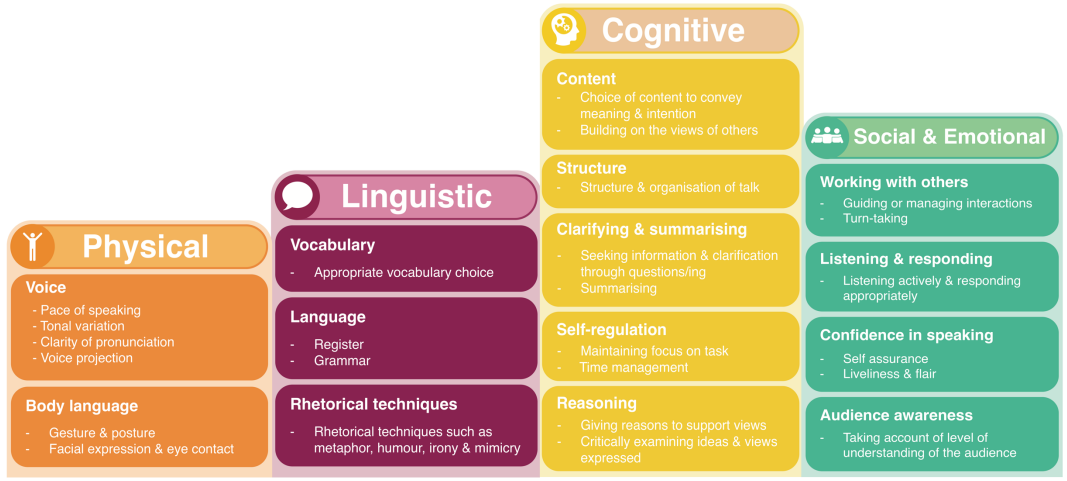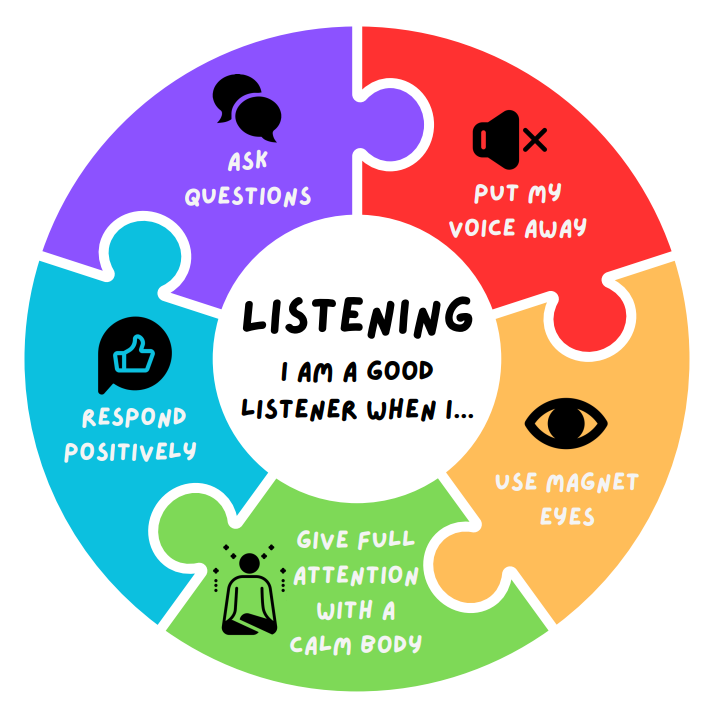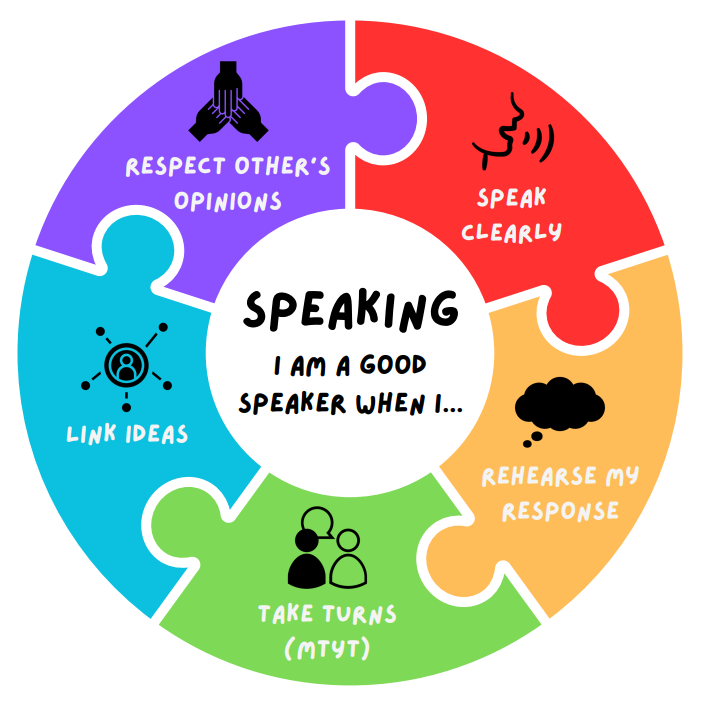Oracy
At Henbury View, oracy is a powerful tool for learning; by teaching children to become  more effective speakers and listeners we empower them to better understand themselves, each other and the world around them. It is also a route to social mobility, empowering all children, not just some, to find their voice to succeed in school and life.
more effective speakers and listeners we empower them to better understand themselves, each other and the world around them. It is also a route to social mobility, empowering all children, not just some, to find their voice to succeed in school and life.
How do we teach oracy and achieve a high-quality oracy education?
Through a high-quality oracy education, our children learn through talk and to talk. This is when they develop and deepen their subject knowledge and understanding through talk in the classroom, which has been planned, designed, modelled, scaffolded and structured to enable them to learn the skills needed to talk effectively.
Designed as a tool to support the explicit teaching of oracy, the Oracy Framework supports us to:
- Develop a shared language for talk in the classroom
- Set clear expectations for talk (success criteria for discussion or talk tasks)
- Diagnose our children’s oracy skills and plan for explicit oracy teaching
Oracy Framework
We use the oracy framework to understand the physical, linguistic, cognitive and social and emotional skills that enable successful discussion, inspiring speech and effective communication.

EYFS
For EYFS, we have introduced the four strands – physical, linguistic, cognitive and social & emotional – and one core oracy objective for each that gets to the root of each Framework strand. At this stage we have put the emphasis on students’ fundamental oracy skills such as speaking loud enough to be heard, beginning to join ideas together, asking questions and taking turns.
KS1
For Key Stage 1, we have built on the ideas introduced in EYFS and generated two or three interlinked objectives for each strand. Each objective is slightly more complex than the previous key stage and introduces more sophisticated vocabulary. At this stage we have put the emphasis on beginning to have more self and audience awareness, considering which language is appropriate and thinking about speech being structured and purposeful.
KS2
For Key Stage 2, we have built on the ideas introduced in Key Stage 1 and generated three or four interlinked objectives, each under the relevant subheadings for that strand. Each objective is more complex than the previous key stage and introduces more sophisticated vocabulary as well as demanding a little more thought to its application. At this stage we have put the emphasis on adapting to different situations and audiences, tailoring speech to a particular audience and being more aware of group dynamics and how to influence these.


